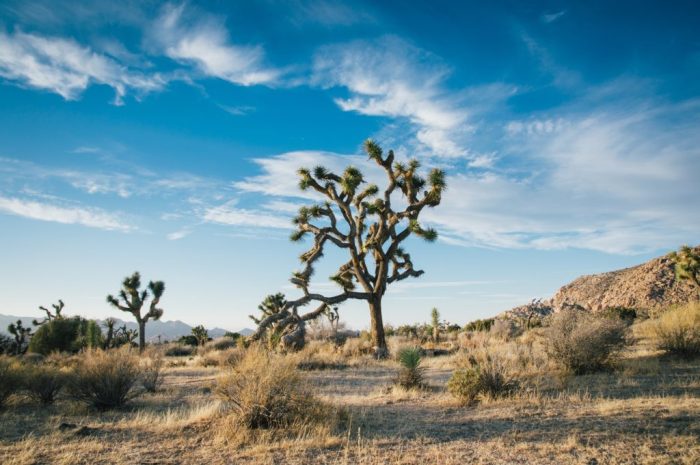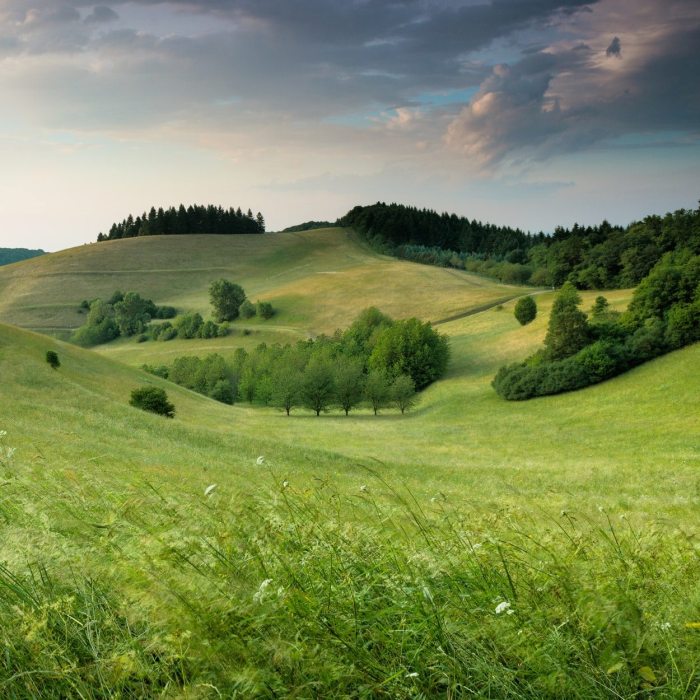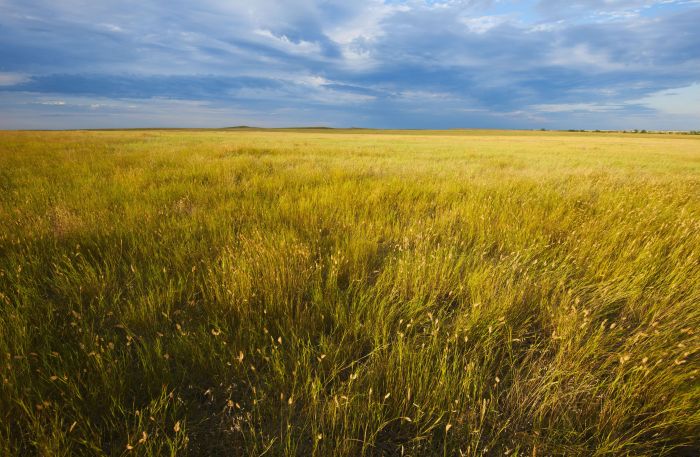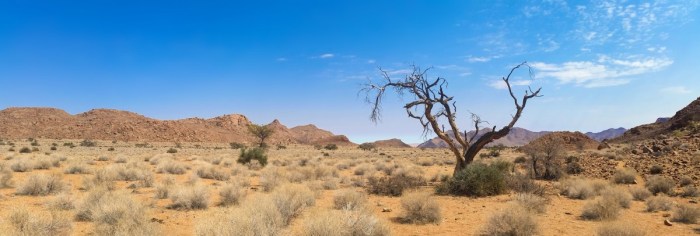Name 3 Main Biomes of the United States Land Only explores the diverse ecosystems that shape the American landscape. From the lush forests to the sprawling grasslands and arid deserts, this article delves into the defining characteristics, geographic distributions, and ecological significance of these biomes, highlighting their importance for biodiversity and ecosystem services.
Introduction to the United States Land Biomes: Name 3 Main Biomes Of The United States Land Only

A biome is a large, naturally occurring community of flora and fauna occupying a major habitat. The distribution of biomes across the United States is influenced by several factors, including climate, soil, and topography. Biomes play a crucial role in maintaining biodiversity and providing ecosystem services such as water purification, carbon sequestration, and pollination.
Factors Influencing Biome Distribution
- Climate: Temperature, precipitation, and sunlight availability are key factors that determine the types of plants and animals that can thrive in a particular area.
- Soil: Soil type and fertility influence the availability of nutrients and water for plant growth.
- Topography: Elevation, slope, and aspect affect temperature, moisture, and sunlight exposure.
Importance of Biomes
- Biodiversity: Biomes support a wide range of plant and animal species, contributing to the overall biodiversity of the planet.
- Ecosystem Services: Biomes provide essential ecosystem services such as water purification, carbon sequestration, and pollination, which benefit both humans and the environment.
Major Biomes of the United States

Temperate Deciduous Forest
The temperate deciduous forest biome is found in the eastern United States. It is characterized by trees that lose their leaves in the fall. Dominant plant species include oak, maple, and hickory. Common animal species include deer, squirrels, and birds.
The climate in this biome is humid and temperate, with warm summers and cold winters. The soil is typically rich and well-drained.
Grasslands
The grasslands biome is found in the central United States. It is characterized by grasses and few trees. Dominant plant species include buffalo grass, blue grama, and western wheatgrass. Common animal species include bison, pronghorn, and prairie dogs.
The climate in this biome is semi-arid, with hot summers and cold winters. The soil is typically fertile and well-drained.
Deserts
The desert biome is found in the southwestern United States. It is characterized by low precipitation and sparse vegetation. Dominant plant species include cacti, yucca, and creosote bush. Common animal species include coyotes, lizards, and snakes.
The climate in this biome is arid, with hot summers and cold winters. The soil is typically sandy and well-drained.
Interrelationships and Transitions Between Biomes

Ecotones
Ecotones are transitional areas between two biomes. They often contain a mixture of plant and animal species from both biomes. Ecotones play an important role in connecting biomes and providing habitat for a wide range of species.
Factors Influencing Biome Transitions, Name 3 main biomes of the united states land only
- Climate: Changes in temperature, precipitation, and sunlight availability can cause transitions between biomes.
- Soil: Changes in soil type and fertility can influence the distribution of plant species, leading to biome transitions.
- Topography: Changes in elevation, slope, and aspect can affect temperature, moisture, and sunlight exposure, resulting in biome transitions.
- Human Activities: Human activities such as agriculture, urbanization, and pollution can alter the distribution of biomes.
Conservation and Management of Biomes

Importance of Conservation
- Biodiversity: Conserving biomes is essential for protecting biodiversity and ensuring the survival of plant and animal species.
- Ecosystem Services: Conserving biomes helps to maintain ecosystem services that benefit humans and the environment.
- Climate Regulation: Biomes play a role in regulating climate by absorbing carbon dioxide and releasing oxygen.
Threats to Biomes
- Habitat Loss: Conversion of natural habitats to agricultural or urban land is a major threat to biomes.
- Climate Change: Changes in climate can alter the distribution and composition of biomes.
- Pollution: Pollution from human activities can damage plants and animals in biomes.
- Invasive Species: Non-native species introduced by humans can outcompete native species and disrupt ecosystems.
Conservation and Management Strategies
- Protected Areas: Establishing protected areas such as national parks and wildlife refuges can help to conserve biomes.
- Sustainable Land Management: Implementing sustainable land management practices can help to reduce habitat loss and protect biomes.
- Restoration and Rehabilitation: Restoring degraded biomes can help to recover lost habitats and support biodiversity.
- Education and Outreach: Educating the public about the importance of biomes can help to raise awareness and support for conservation efforts.
Common Queries
What are the main characteristics of temperate deciduous forests?
Temperate deciduous forests are characterized by broadleaf trees that shed their leaves seasonally. They experience moderate temperatures and precipitation, with distinct seasons.
What is the dominant vegetation in grasslands?
Grasslands are dominated by grasses and other herbaceous plants, with few trees or shrubs. They occur in regions with moderate rainfall and well-drained soils.
How do deserts differ from other biomes?
Deserts are characterized by extreme temperatures, low precipitation, and sparse vegetation. They often have sandy or rocky soils and experience high levels of evaporation.